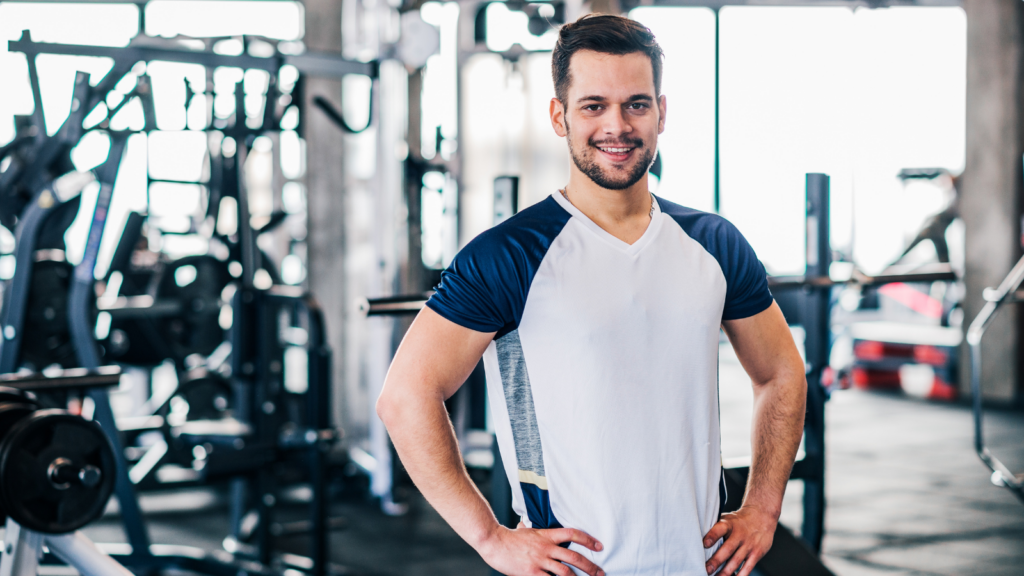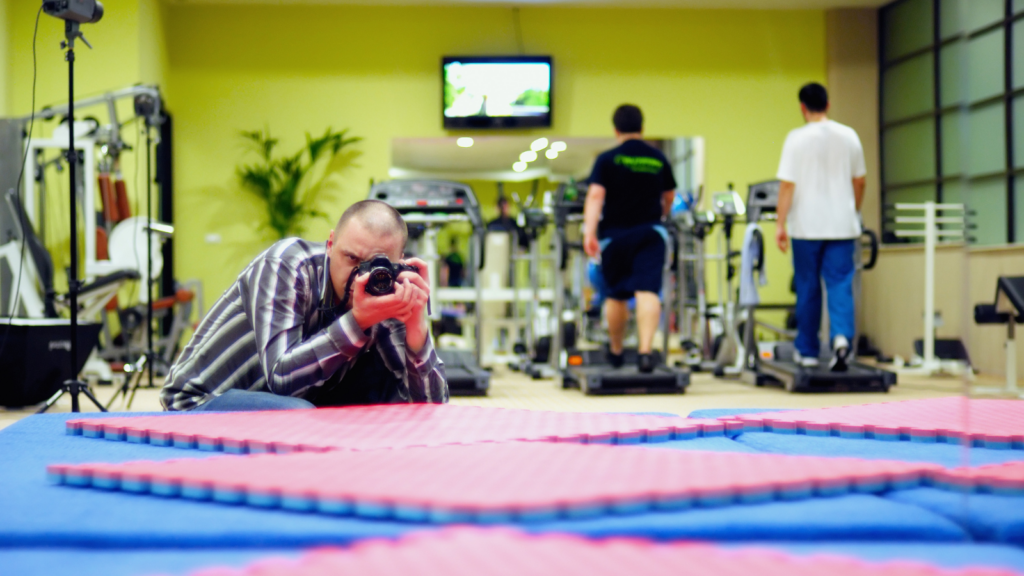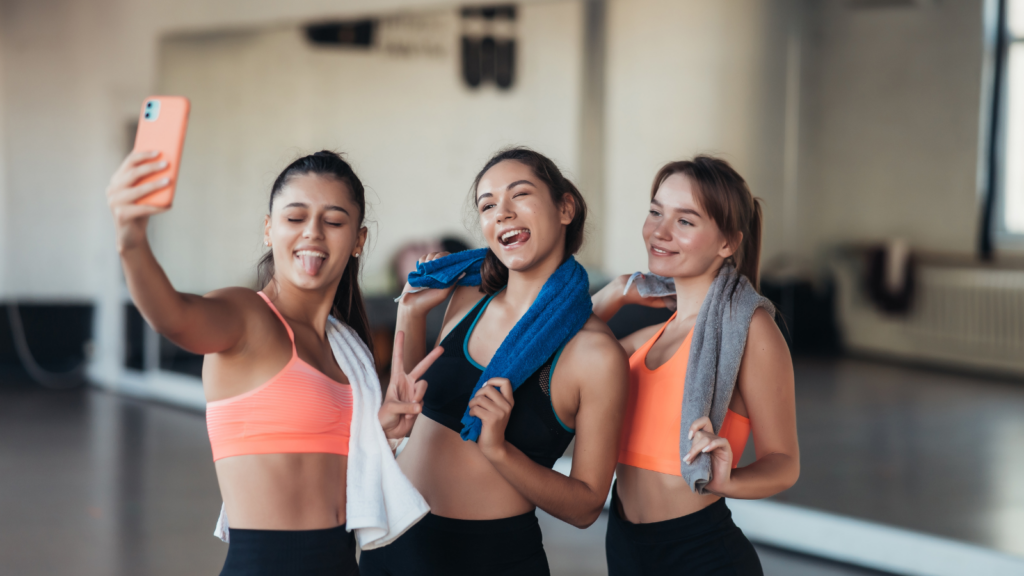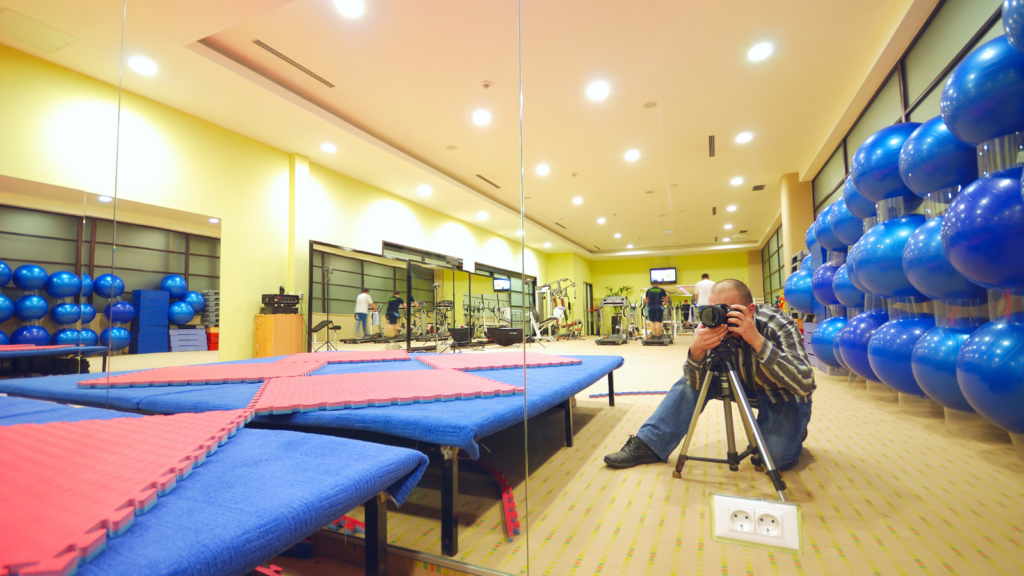Capturing the perfect shot in a fitness setting isn’t just about pointing and clicking. It’s an art that requires a keen eye, technical prowess, and an understanding of the human form in motion. This article will explore some essential fitness photography tips that’ll take your shots from ordinary to extraordinary.
Whether you’re a seasoned photographer looking to expand into the fitness niche or a fitness enthusiast wanting to document your journey, these tips will come in handy. The world of fitness photography is dynamic and exciting, with endless opportunities to create powerful, inspiring images. Let’s dive in and uncover the secrets to capturing the perfect fitness photograph.
Fitness Photography Tips
Choosing the Right Equipment

Selecting appropriate gear is key for creating exemplary fitness photographs. An ideal camera meets the needs for high shutter speeds and ISO settings. DSLR cameras, for instance, possess this capability. Equally important is a lens that facilitates close-up shots without distortion, such as a 50mm to 85mm lens.
Just as significant in fitness photography as any static pose, is capturing the action. High shutter speeds freeze the movement, providing a sharp depiction of high-energy scenes. Conversely, slow shutter speeds create a motion blur that can convey intensity without defining the specific movement involved.
How to Prepare for a Fitness Photo Session
Immaculate preparation underpins a successful fitness photo shoot, spanning from model interaction to familiarization with the fitness environment.
Discussing with Your Model Beforehand
Engaging the model in conversation bolsters a comfortable atmosphere. It enables an understanding of their preferred angles, physique-highlighting poses, and comfort zones. It’s recommended to pre-discuss bespoke shooting ideas, like wrestler’s pose to showcase robust muscle tone, or a yoga stretch to accentuate flexibility.
Checking Out the Fitness Environment
Thorough inspection of the shoot location benefits in multiple ways. It aids in identifying ambient light sources and opportunity to exploit high contrast lighting, crucial for muscle definition. Familiarization with the equipment layout provides a blueprint for dynamic shots, incorporating treadmill sprints, barbell lifts, or bench press scenes.
Fitness Photography Tips for Post-Processing
Transitioning from a dynamic fitness shoot to post-processing, software becomes instrumental in enhancing the raw images.
Using Editing Software to Enhance Your Photos

Leveraging editing software, photographers can manipulate contrast, sharpness, and color. Programs such as Adobe Photoshop and Lightroom offer robust solutions for adjusting tonal values and exposure, thereby elevating an image’s overall impact.
In fitness photography post-processing, emphasis often falls on the subject’s muscles and form. Adjusting highlights and shadows, for example, can accentuate muscle definition. Similarly, boosting sharpness and clarity brings into focus the subject’s physique, augmenting the image’s overall strength.
Fitness Photography Tips for your Portfolio
Developing an engaging fitness photography portfolio requires careful selection of top-quality images and showcasing a diverse range of fitness photography skills.
Selecting Your Best Shots
While building a portfolio, quality reigns over quantity. Consider including shots that exhibit precise focus, artistic use of lighting, and striking composition. A beautifully toned athlete, shot under perfect lighting that highlights chiseled physiques, becomes an example of excellence. Choose such shots, considering aesthetic appeal and technical finesse.
Presenting Diversity in Your Portfolio
A winning portfolio isn’t just a collection of best shots—it’s a testament to versatility. Presenting diverse expertise involves showcasing a range of techniques—from high contrast snaps emphasizing muscle definition, action shots capturing vitality, to softer portraits reflecting determination and perseverance. Excellently lit gym interiors, open-expanse outdoor shots, and creative use of props and angles also offer an edge in demonstrating versatility.
Highlighting Dedication

With the right approach, fitness photography can be a compelling genre that skillfully highlights physical prowess and dedication. Harnessing the power of lighting and understanding the subject’s physique are key to creating images that pop. It’s not just about the equipment, but how you use it. From the right angle to capturing movement, every detail counts. Building a portfolio isn’t just about quantity, it’s about quality and diversity. Showcasing a range of skills, from high contrast muscle shots to action-packed captures and softer portraits, can display your versatility. Remember, your portfolio is your calling card.

